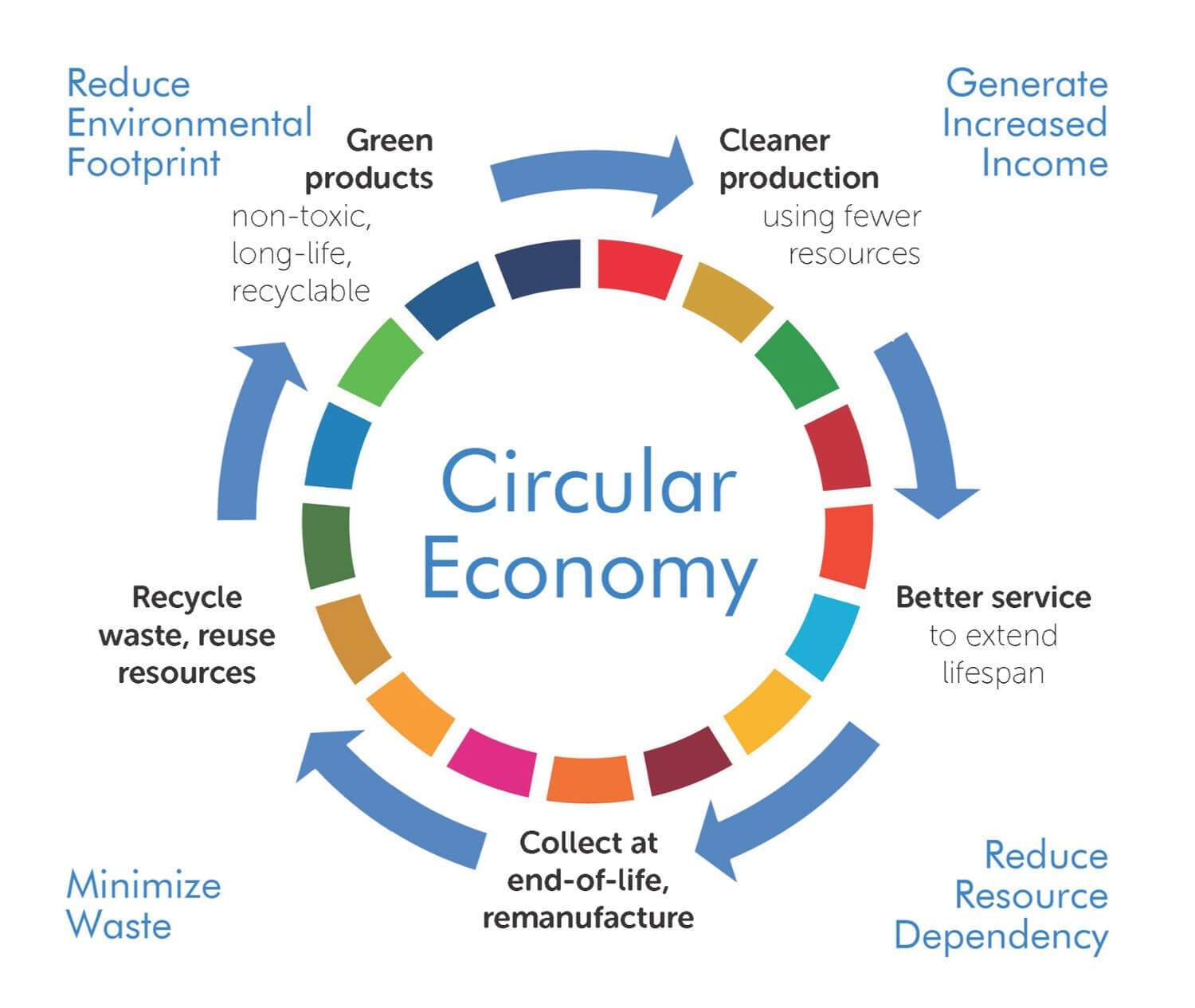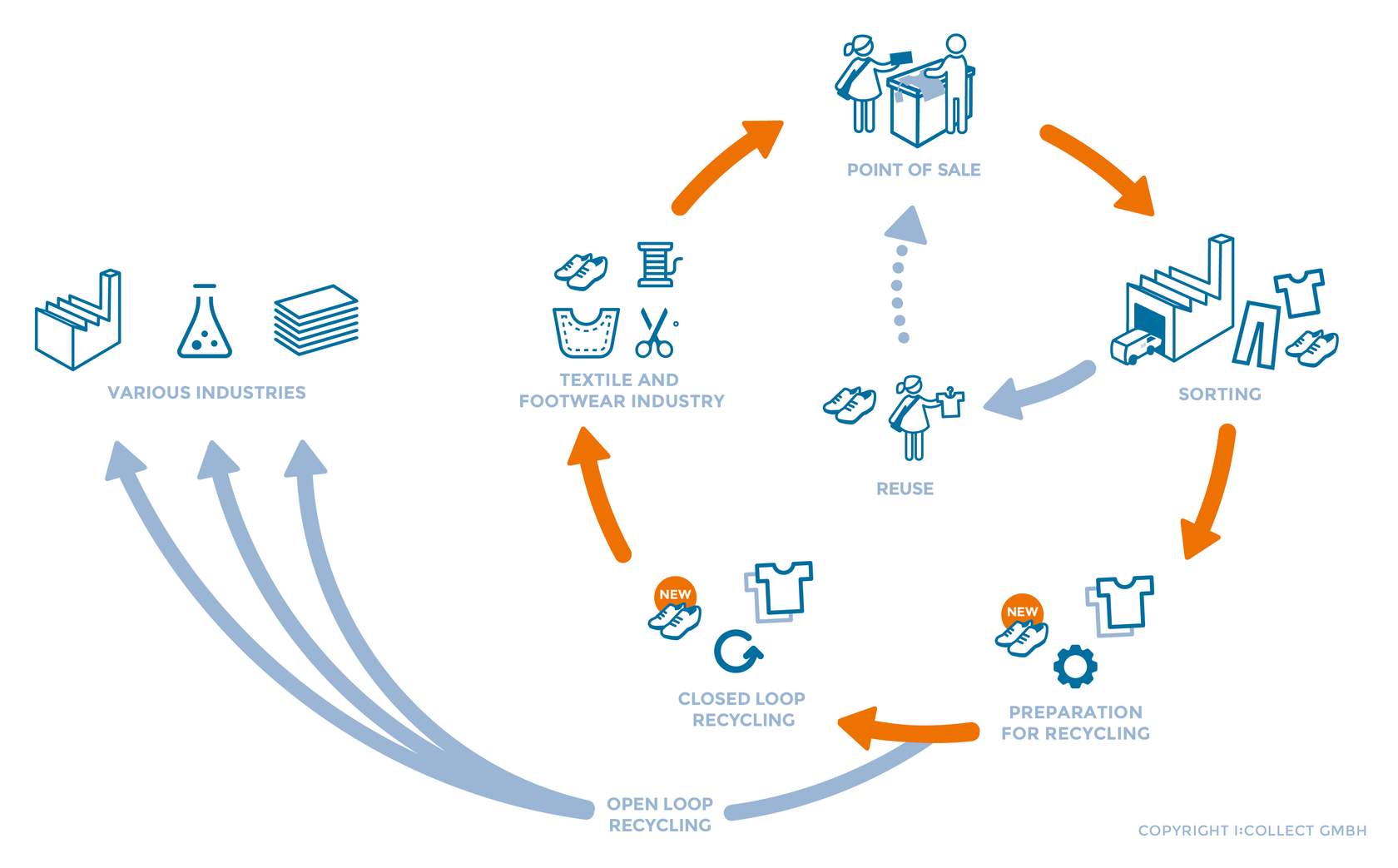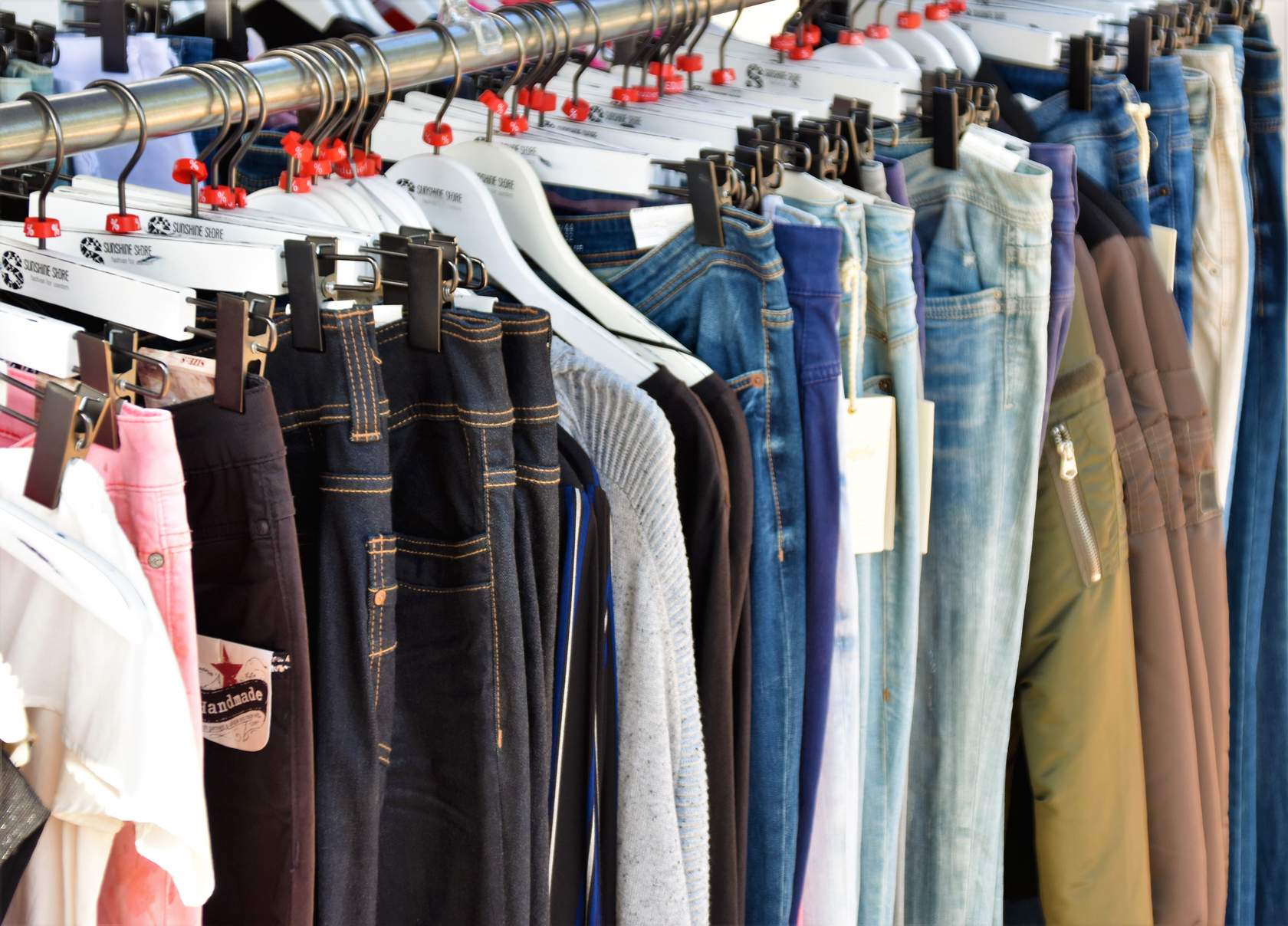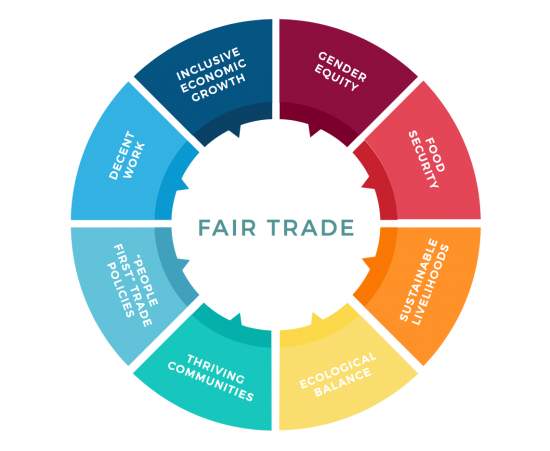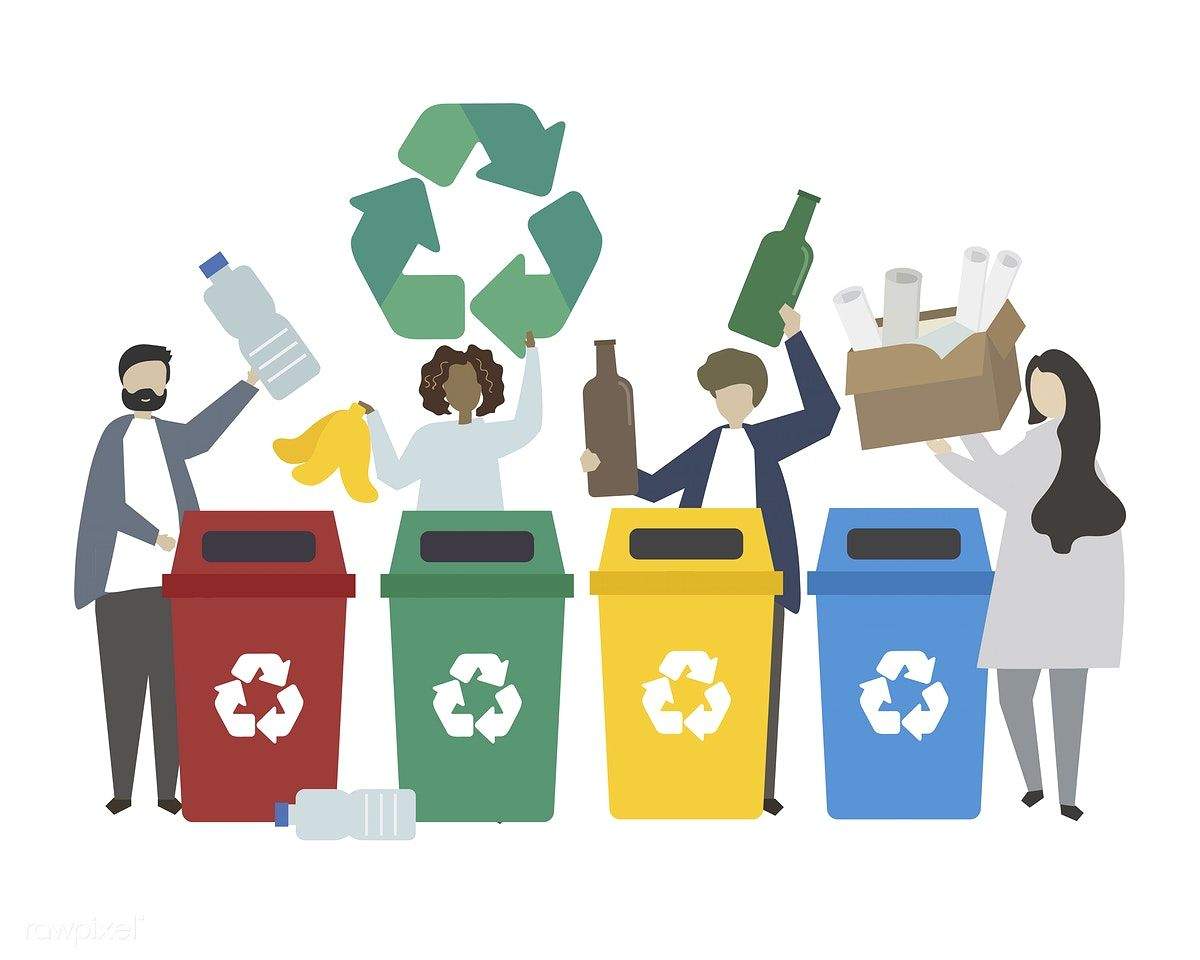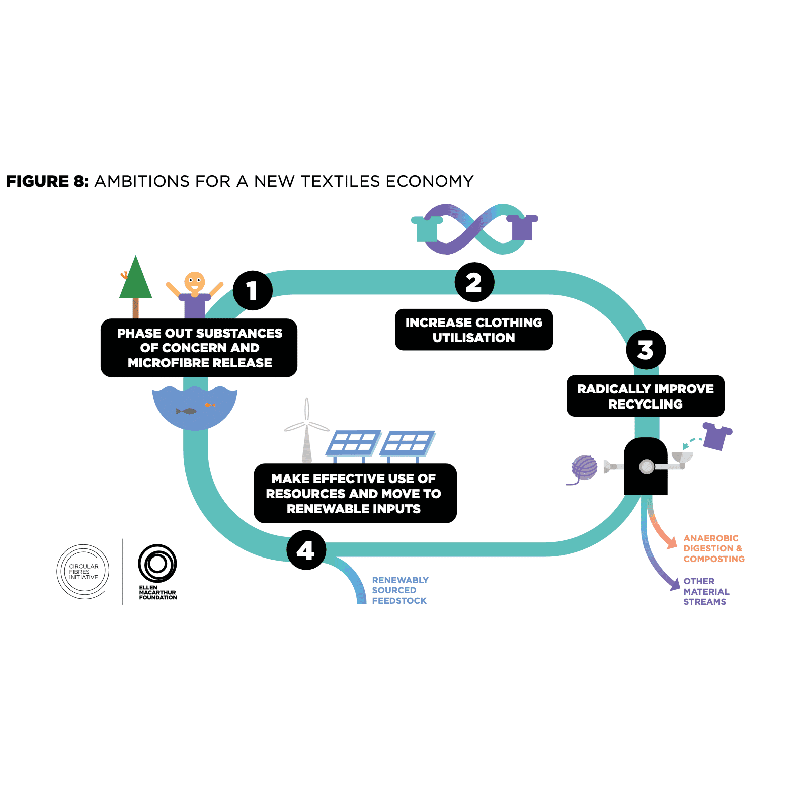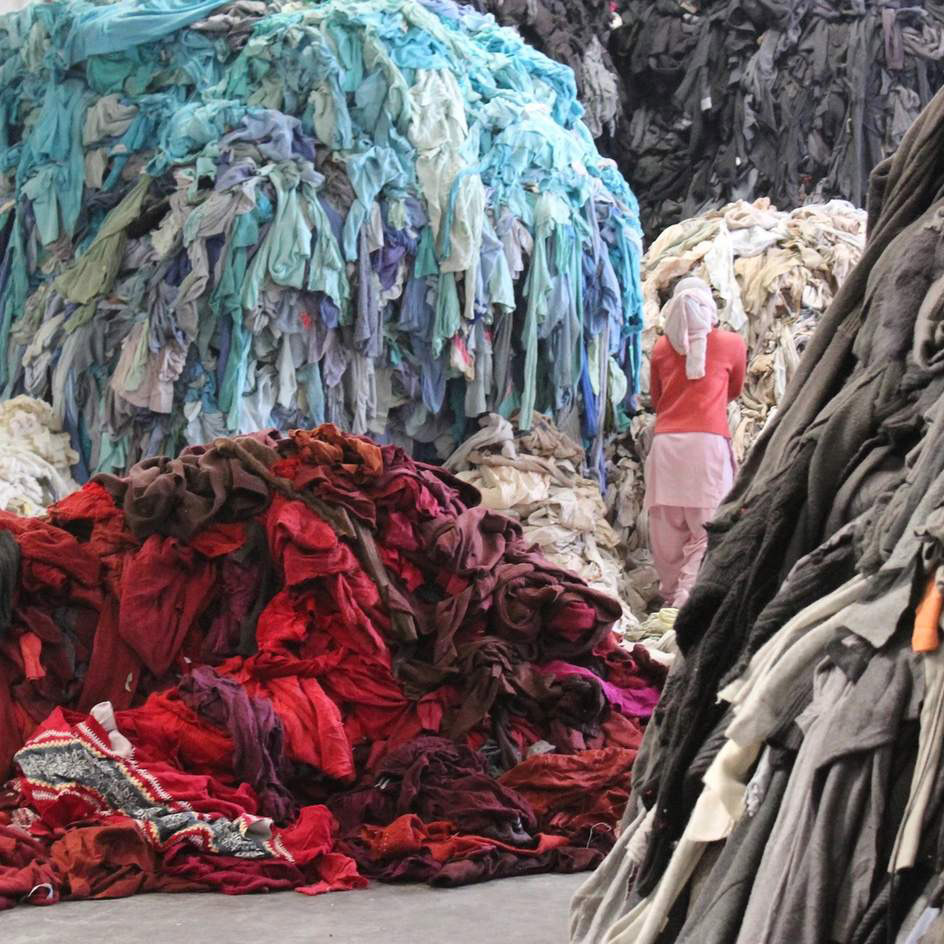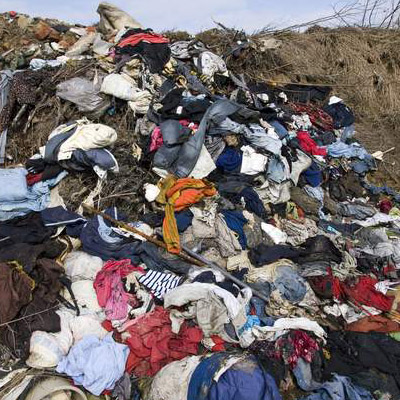
Progress 0%
Ridding the world of unnecessary packaging: Nohbo with Benjamin Stern
World's first land-based coral farm: Coral Vita with Sam Teicher
Climate-resilient agriculture: The Cacao Project with Louise Mabulo
Cleaning up floating ocean plastics: The Ocean CleanUp with Boyan Slat
Eliminating the idea of waste: TerraCycle with Tom Szaky
A circular model for second-hand clothing: FabricAID with Omar Itani
Planting trees, one goal at a time: Trees4Goals with Lesein Mutunkei
Exchanging waste for plants: Eco Star with Fatemah Alzelzela
Innovative technology to reduce rice waste: Rice Inc with Kisum Chan

Omar Itani
Age when he came up with the solution: 21
Location: Beirut, Lebanon
Omar grew up in Beirut and earned his Lebanese Baccalaureate at the Beirut Baptist School in 2013 prior to entering Beirut Arab University (BAU) to study Industrial Engineering the following year. In 2016, Omar represented Lebanon at the Georgetown University, Washington, DC (USA) six-week student leadership training program for undergraduates from the Middle East-North Africa (MENA) region.
It was at age 21 that Omar stumbled onto the realization that his parents had been donating used clothes to a family which discarded them. After some research, he learned that there was no proper system for collecting and redistributing used clothes in Lebanon, a country where about 3 million people cannot afford first-hand clothes. This massive waste of fabric is called “fashion pollution”.

"Providing clothing to marginalized communities is one aspect of what FabricAID does. The mission is to prepare for a future where everyone can afford decent clothing and the fashion industry does no harm to the environment and society."

Omar Itani's solution: FabricAID
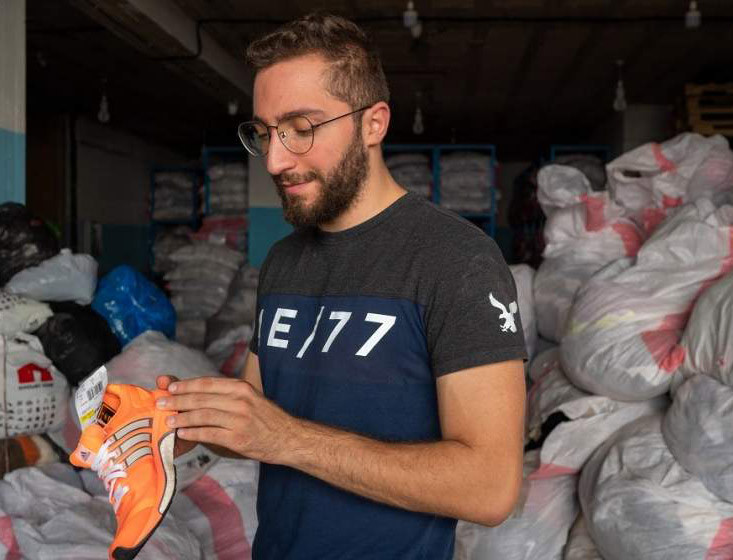
In 2017, and while still a student, Omar co-founded a non-profit called FabricAID in Beirut with two partners. Their goal was to create a socially and environmentally conscious value-chain for the apparel industry in Lebanon and, ultimately, “a future where everyone can afford decent clothing, and the fashion industry does no harm to the environment and society.”
Photo source: UNEP

FabricAID has a “circular model”: collecting second-hand clothes, shoes and accessories from 150 special bins all over the country; sorting, repairing and cleaning them; and making 80% of the items available at extremely affordable prices to marginalized communities through “Souk Al Khanj” stores. Funding for FabricAID comes in large part from two for-profit subsidiaries: “Second Base” boutiques selling the 6% of donated upmarket clothing at competitive prices to middle and upper-class consumers in Lebanon and Jordan, and “Souk Okaz”, where clients can buy and sell second-hand clothes at affordable prices at a concept store.
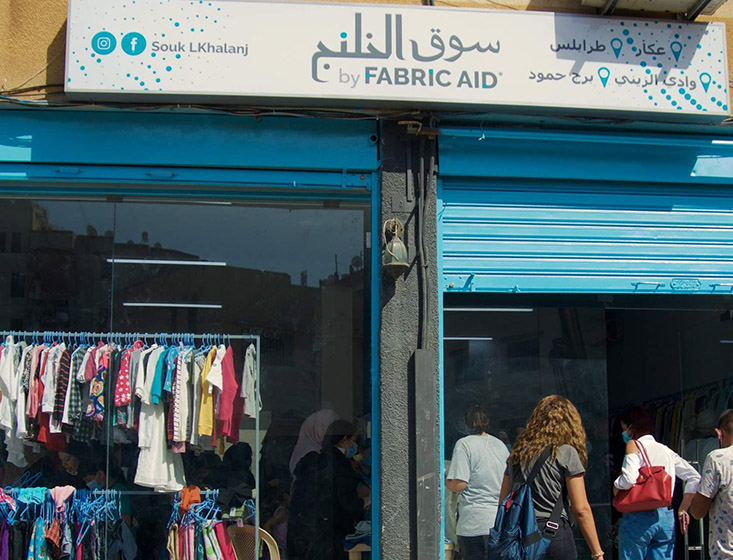
Only one year after starting, FabricAID won first place at the Global Social Venture Competition - the so-called “World Cup of Social Enterprises” - beating out 550 startups from 60 countries. Today, FabricAID has 65 full-time employees and has sold 247,000 items to 51,000 customers. In terms of environmental sustainability, the clothes collection bins are made from recycled supermarket plastic bags (33,000 per bin) and FabricAID claims to have reduced carbon emissions by 540,000 kilograms.
Photo source: FabricAID
Do you have questions?
Ask The Earth Prize Mentors!
Key Concepts

Other change-makers addressing fashion waste
See more

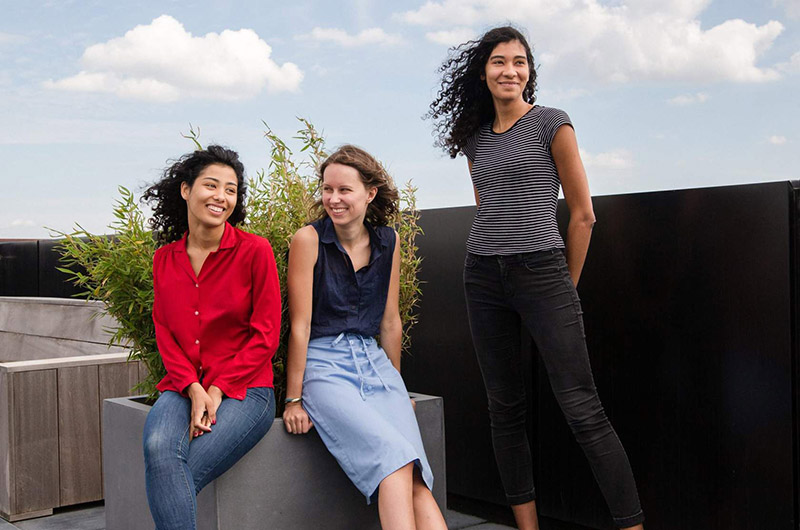
Project Cece (Netherlands)
See more

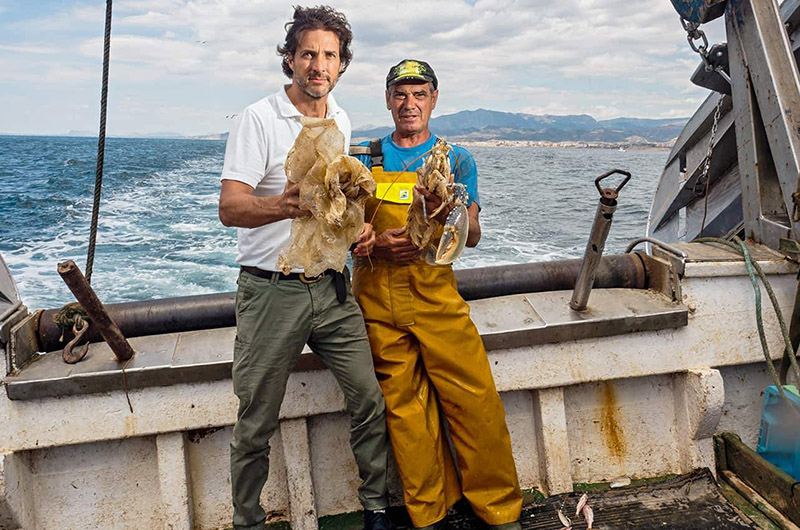
ECOALF (Spain)
Do you have questions?
Ask The Earth Prize Mentors!
THIS WEBSITE USES COOKIES
We use cookies to provide you with the best possible experience. They also allow us to analyze user behavior in order to constantly improve the website for you. You can read more about our and .

